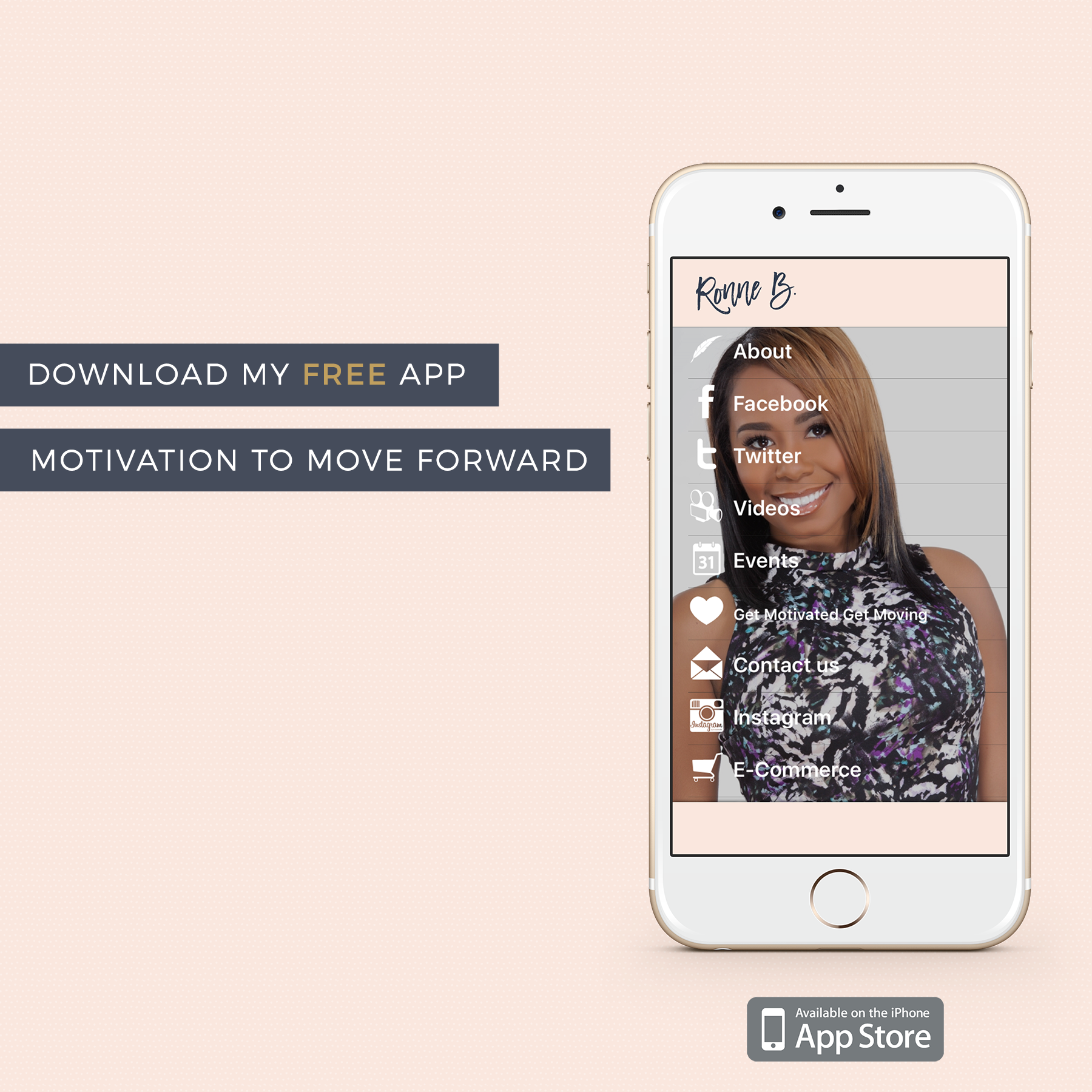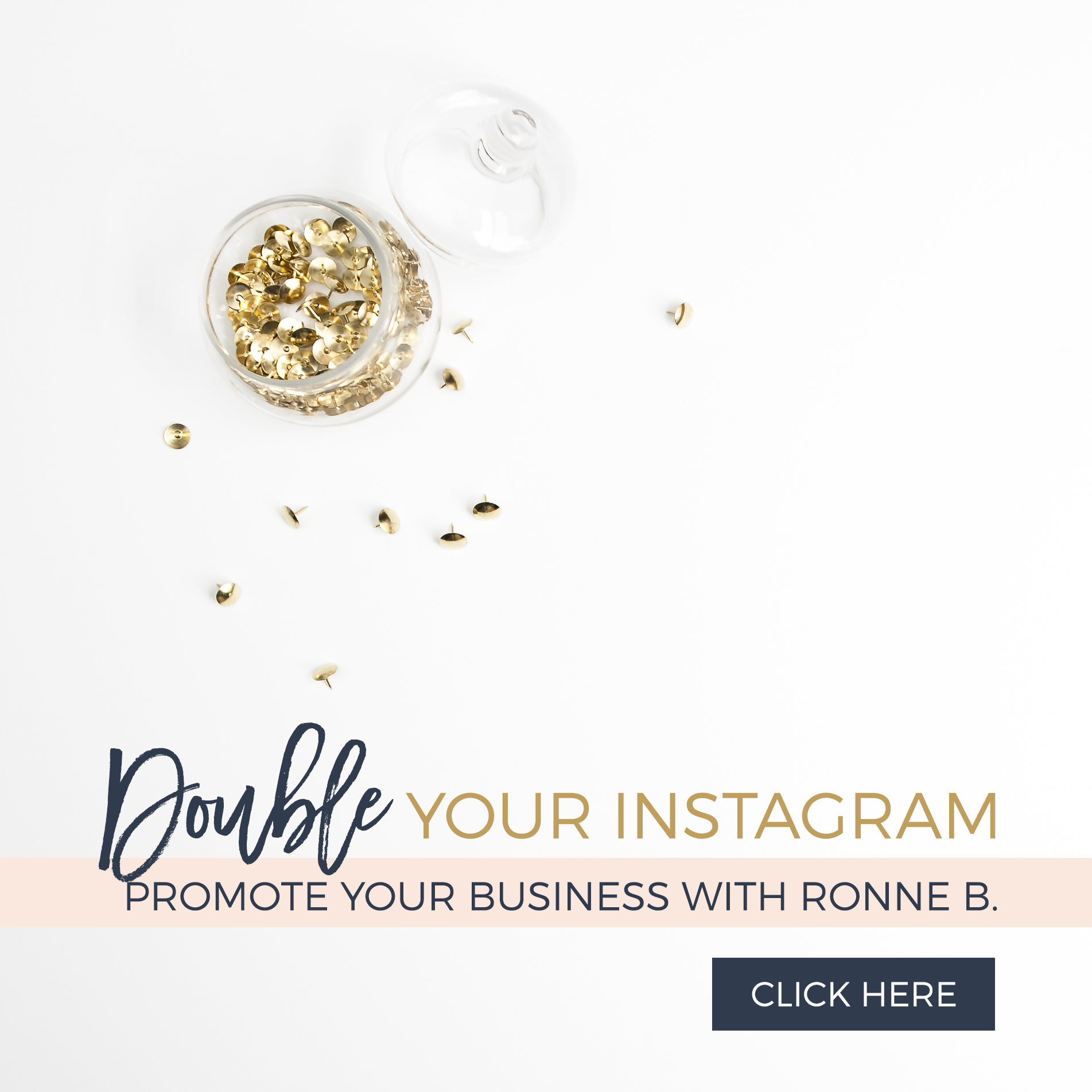I know how frustrating it can be when someone says “no” to your business opportunity. I’ve had more “no’s” than I can count, but I don’t let it stop me. I research ways to improve my recruiting skills and get more “yes” answers. Here are some fantastic tips for getting past the “no’s” that I discovered this morning:
1. No pain, no gain. Let’s just start out with the fact that most people say no many times before they say yes. You’ve read the statistics where some research firm says the average sale happens on the fifth call, after the seventh no and so on. Whatever the statistics say, it’s important to maintain your belief in your product and the benefits the customer will receive, even when all you’re getting are nos. That belief will help you come back with a positive attitude, new ideas, and valuable information to change your prospect’s mind.
2. Learn more, and use it. We can never know too much. Sometimes we just need to revisit the prospect and account with a new set of questions, and dig a little deeper for hot buttons that would build a stronger case for closing. Ask questions like “What’s stopping us from moving forward?” and “What would we have to change about our offer to change your mind?” Every time you face a setback, return with a more intelligent proposal.
3. Success breeds success. Go back to the accounts where you’ve had the greatest results, not just to keep the relationship intact or possibly upsell and add-on new products, but also to create a testimonial that can be used when other prospects are saying no. Hearing positive comments from clients will boost your enthusiasm, and that enhanced enthusiasm alone is all-powerful when facing most adversity. When you lose a deal you’ve worked hard for, your attitude suffers. Great sales success is based on resilience – how fast you can get back on your feet, brush yourself off and get your attitude back on track.
4. Move on. Qualify, qualify, qualify. Make up your mind to move forward with the prospect or move on. I hate to see salespeople, myself included, waste time with prospects that will never end up buying anything for a variety of reasons – the product is the wrong fit, the margins are too low, they don’t have the authority to buy, bad chemistry, and so on. Sometimes we create our own setbacks by setting ourselves up for failure from the start. Setbacks happen because we see the wrong people (like when we sell at the wrong levels in an organization), ask the wrong questions (or none at all) or rely on so few accounts that our lack of activity and new business prospects has us dealing from a position of weakness. Moving on to new contacts and increasing your sales activity is one of the best ways to deal with setbacks.
Ronne B




Recent Comments